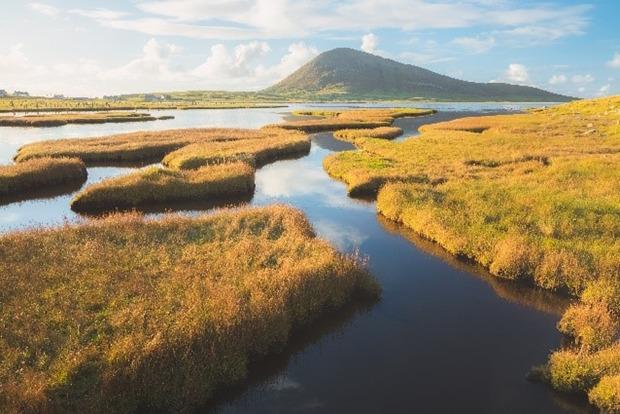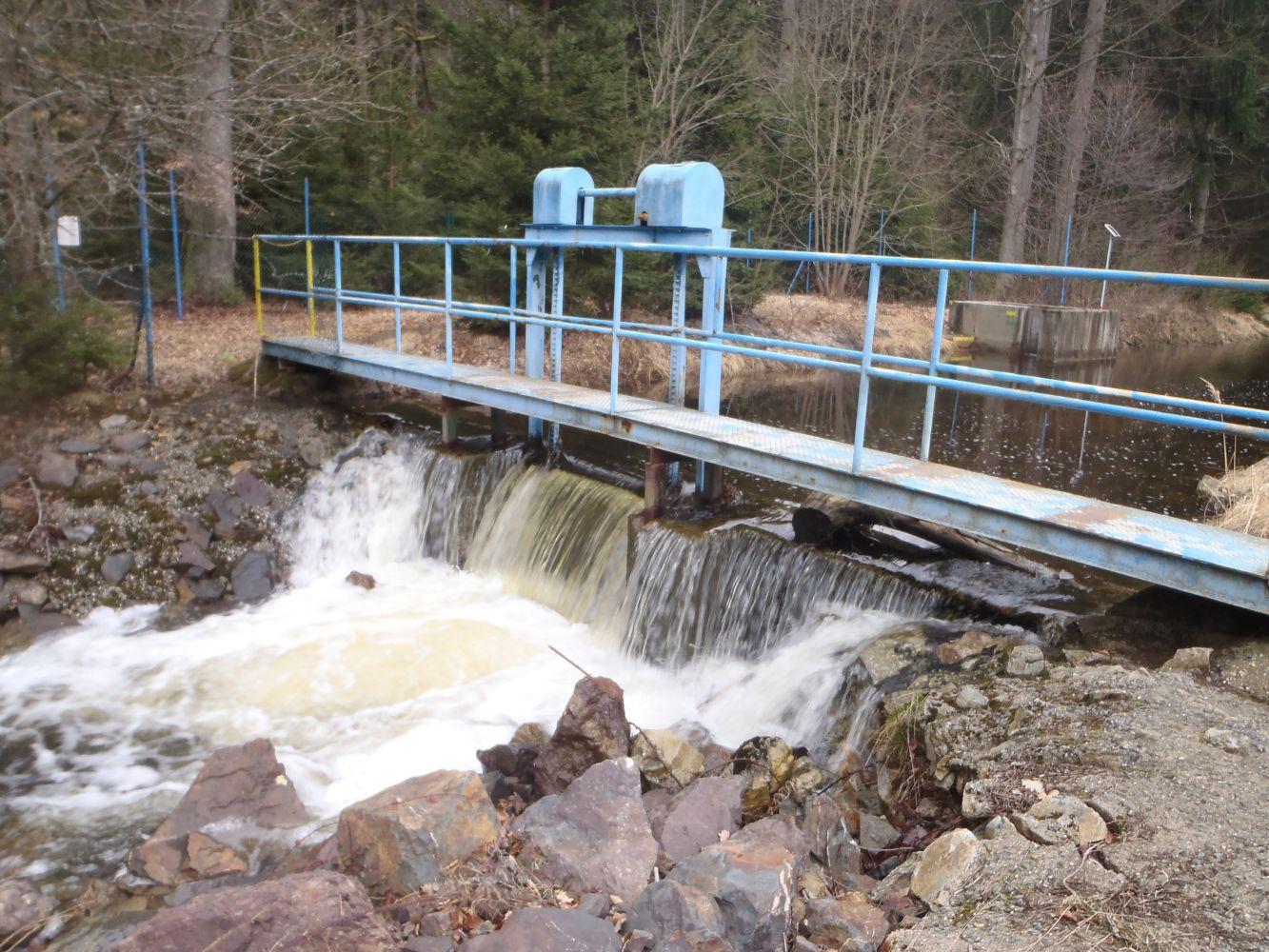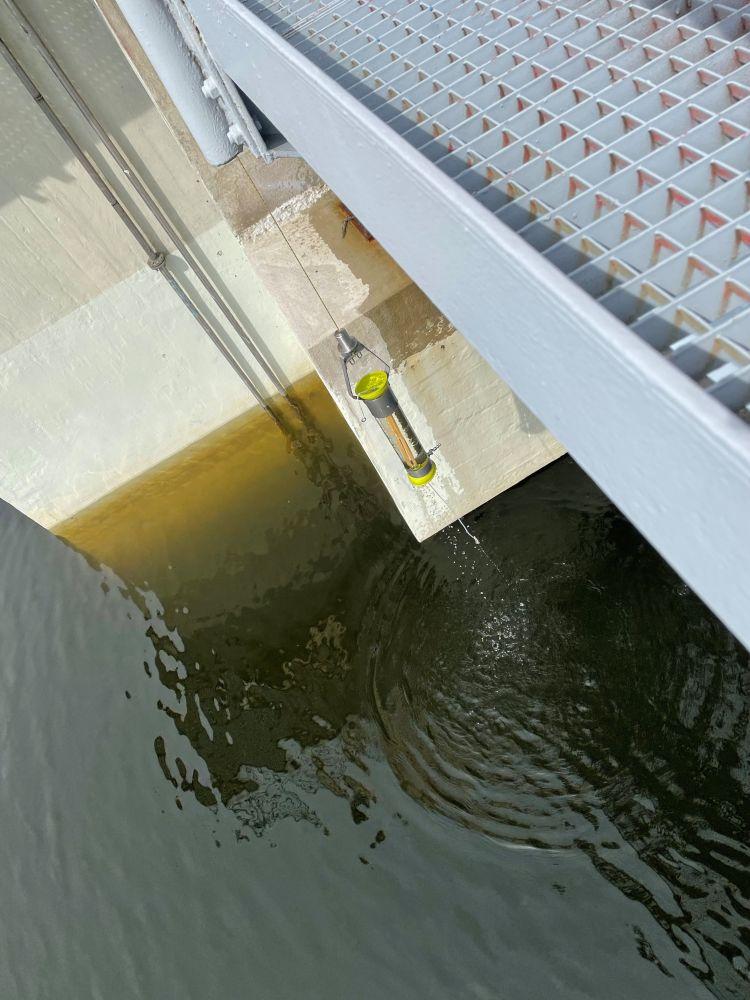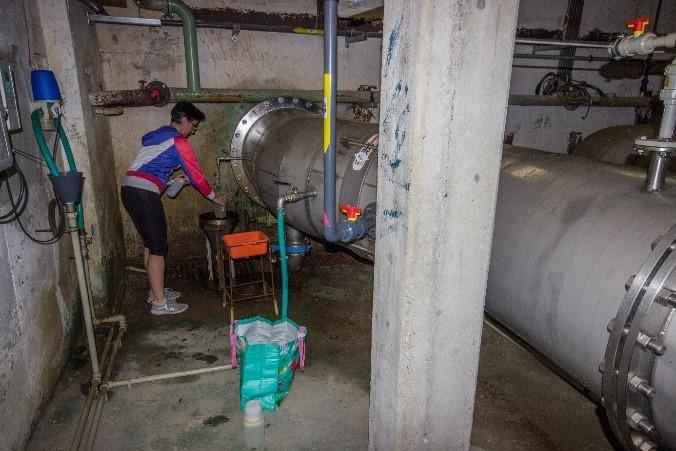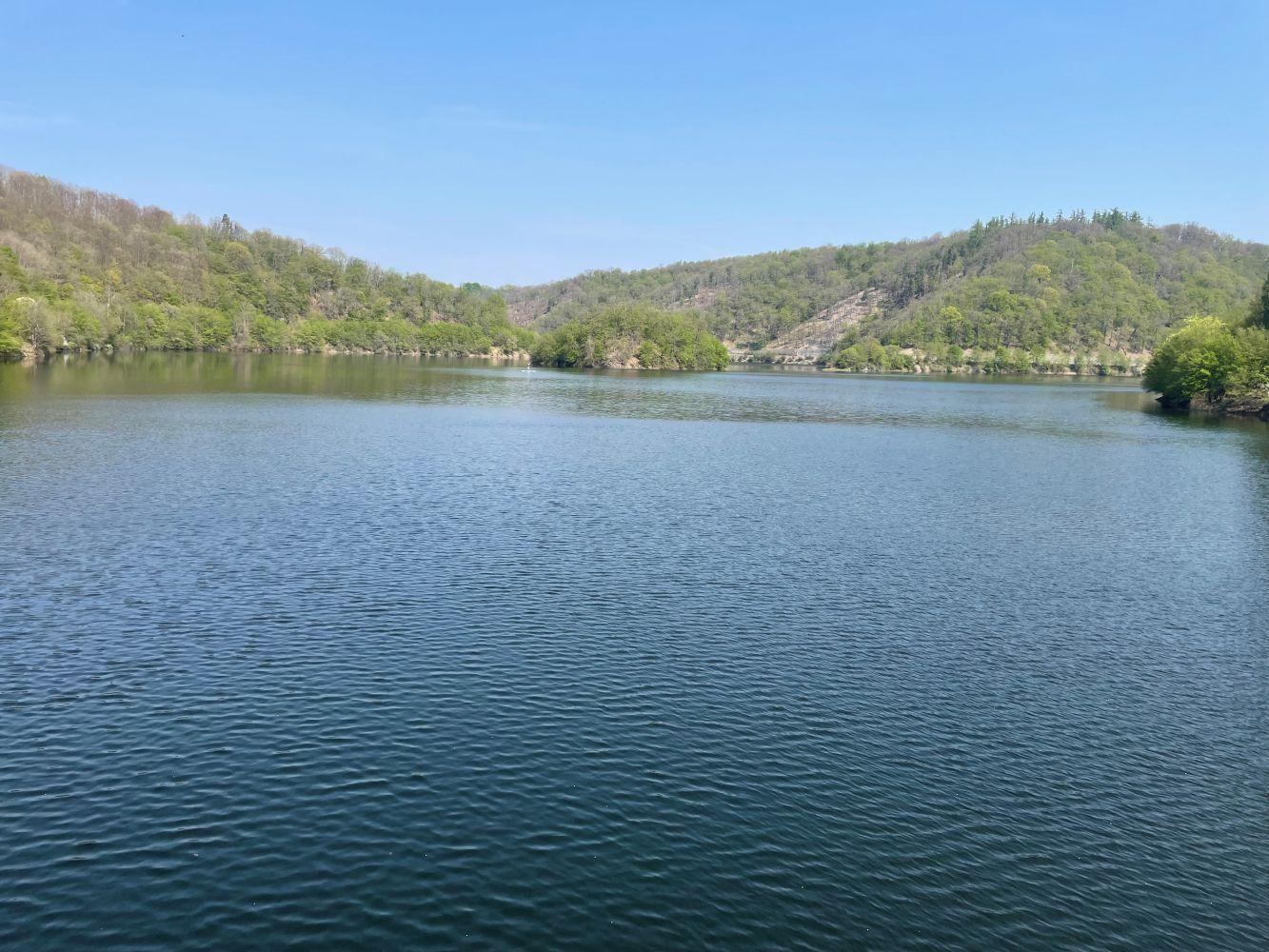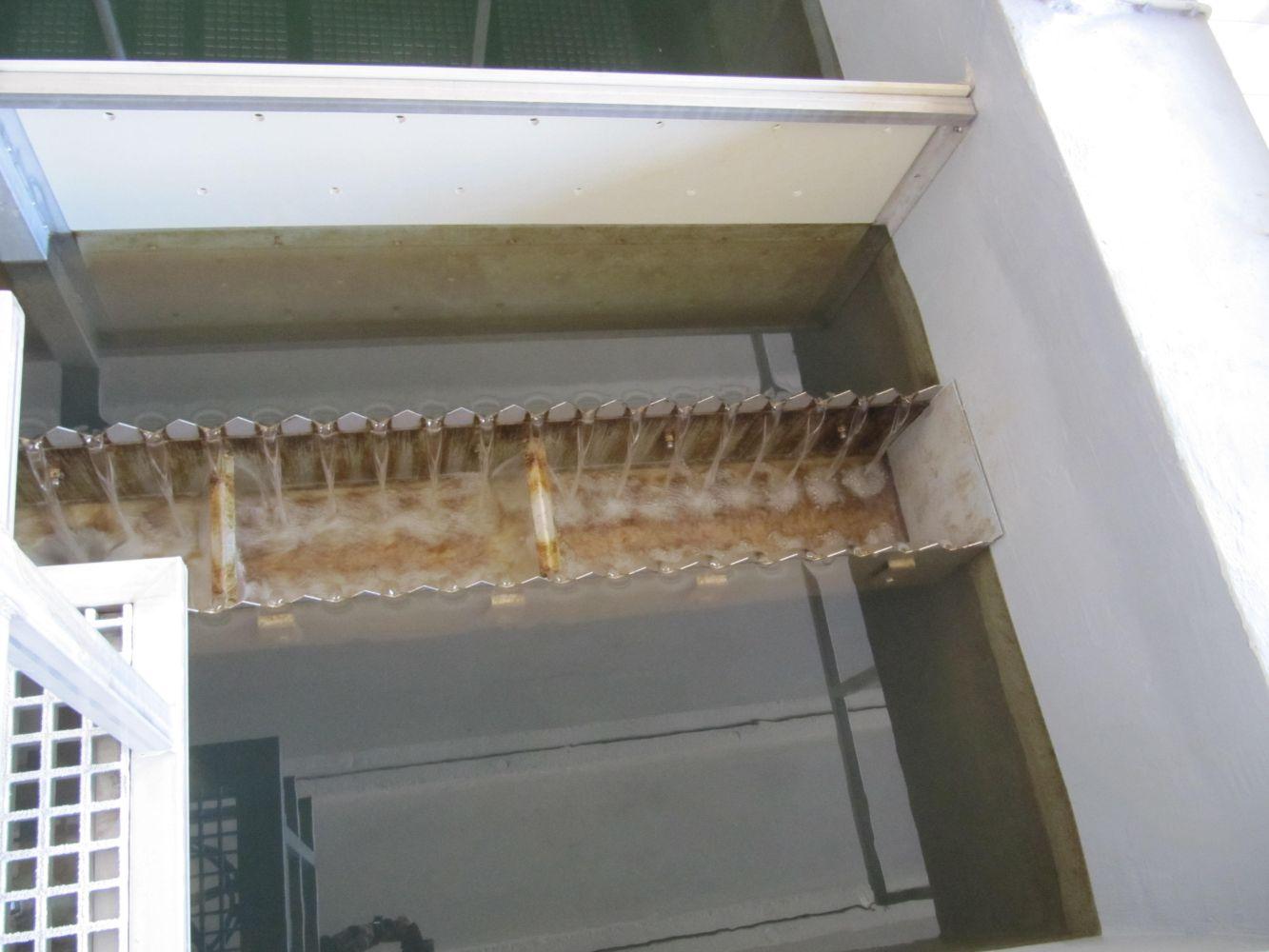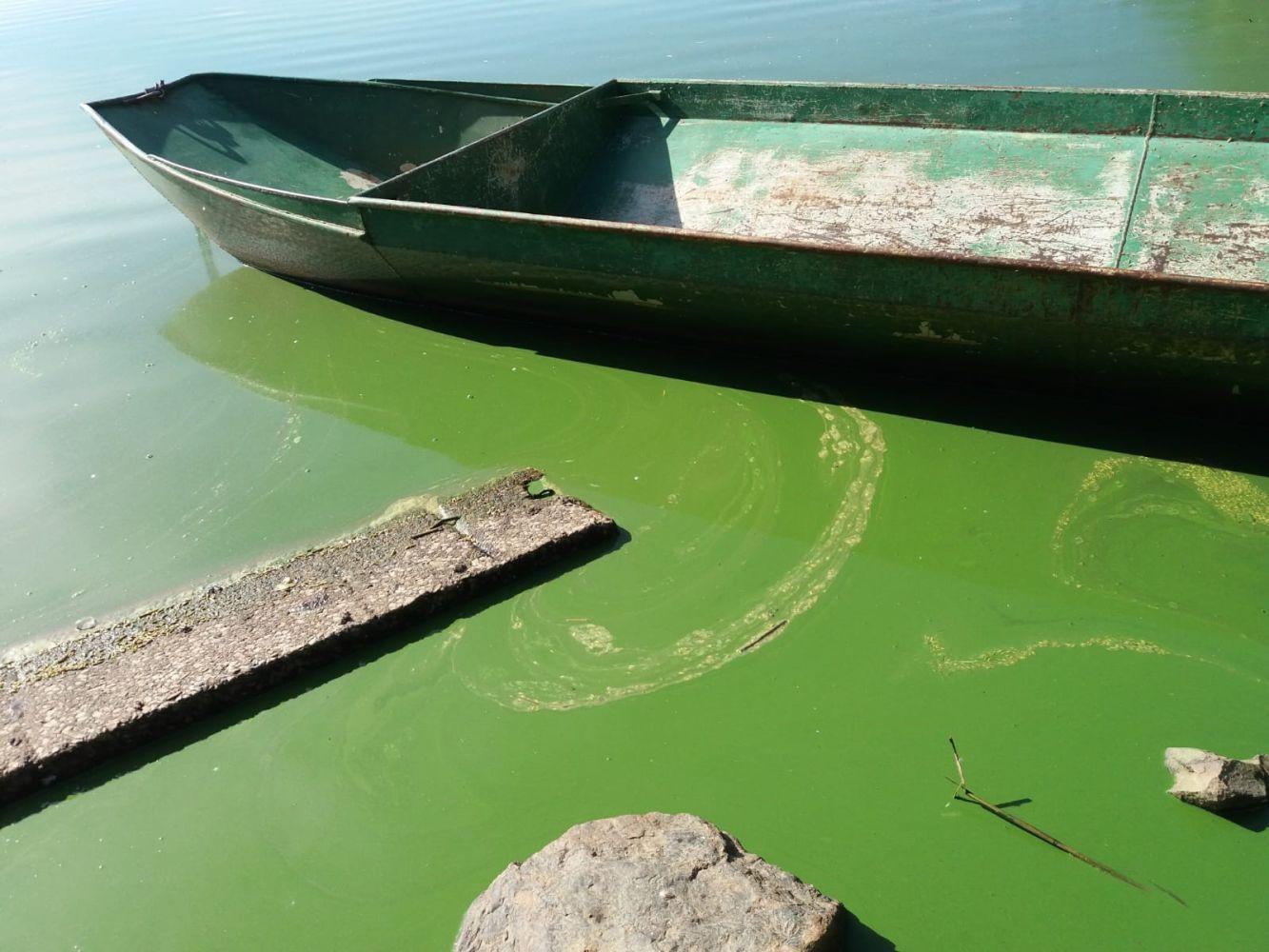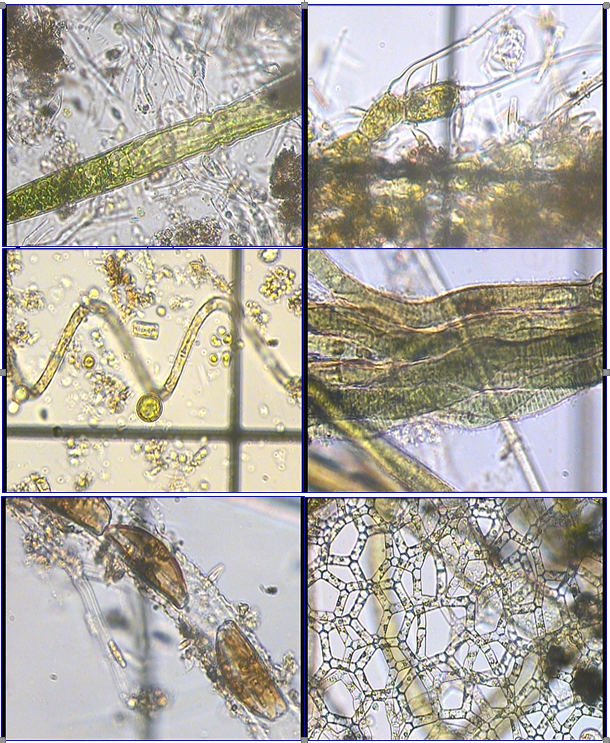Water is an essential component of life, present in every living cell—and it is the cells themselves (microorganisms) that inform us about water quality, its characteristics, and its potential uses.
To study the properties of water in the context of technological processes—such as treatment, purification, or recycling—the disciplines of hydrobiology and microbiology are indispensable. Hydrobiology is grounded in ecological knowledge about the life requirements of microorganisms inhabiting aquatic environments. It primarily employs microscopic methods to study both the habitat (biotope) and the communities of organisms (biocenoses). Microbiology complements hydrobiology by providing insights into the microbial level of the biotope and biocenoses through cultivation-based identification of bacterial populations, micromycetes (molds and yeasts), and viruses (e.g. somatic coliphages). More detailed genomic specifications of microorganisms are achieved via molecular biology methods such as amplification and sequencing techniques.
Microorganisms across various taxonomic and trophic levels serve as biological indicators of environmental status, ongoing processes, and technological conditions. Properly conducted and targeted biological analyses enable technologists to draw meaningful conclusions and make critical operational adjustments.
Hydrobiological and Microbiological Applications Include:
- Assessment of ecological status of surface and groundwater bodies
- Studies on eutrophication and acidification, pollution, and self-purification (saprobiology)
- Evaluation of water treatment technologies, including process audits and optimization
- Analysis of process cooling water, addressing corrosion, biofilms, and biocide effectiveness
- Testing the effectiveness of newly introduced materials, agents, and methods (lab and pilot-scale)
- Detection of pathogenic and potentially pathogenic microorganisms, micropollutants, and antibiotic resistance genes
- Biotechnological applications
Running projects
- Nitriplast: Využití biodegradabilních polyurethanových pěn pro intenzifikaci nitrifikace na čistírnách odpadních vod (TAČR PPŽ), 2023-2025, vedoucí projektu za VŠCHT doc. Ing. Jana Říhová Ambrožová, Ph.D.
Analyses and other services for the public
Actual topics:
Our team integrates microbiological and hydrobiological knowledge to address a wide spectrum of technological, ecological, and research challenges. These include:
Monitoring the Status of Water Bodies
Following Directive 2000/60/EC on Water Policy, ecological assessments of sites such as ponds, reservoirs, and streams are carried out using water and biofilm samples. Plankton and benthos serve as the main biological indicators. We also evaluate the environmental impacts of proposed or existing projects—whether constructions, activities, or technologies. One key undertaking was the hydric reclamation of the residual pit at the Most-Ležáky mine. This project led to a methodology for quantifying ecological impacts of reclaiming lignite mines. Monitoring of water bodies is further developed through hydrobiological surveys of drinking water reservoirs.
Hydrobiological Survey of Drinking Water Reservoirs
Such surveys are critical for evaluating the suitability of raw water for drinking water treatment and identifying causes of technological issues at water treatment plants. Typical challenges include organoleptic defects caused by microorganisms like phytoplankton, cyanobacteria, bacteria, and streptomycetes, and their production of secondary metabolites. By understanding microbial preferences—nutrients, energy sources, abiotic factors, natural associations—technological processes can be optimized and raw water resources better utilized. Our projects focus on detecting microorganisms that are difficult to remove using standard technologies, such as picoplanktonic cyanobacteria and algae, and metabolite producers like geosmin and 2-MIB. These findings also contribute to addressing hygiene, indicator organisms, biological stability, degradation, biofilm formation, secondary contamination, and water quality sustainability in distribution systems.
Water Hygiene and Quality Degradation During Transport and Storage
Water safety (via Water Safety Plans, risk assessments, and HACCP) aims to prevent contamination throughout the supply chain. This involves ensuring that pollutants and microorganisms are either removed or reduced to meet health standards. A critical element is preventing secondary contamination during storage, distribution, or handling (e.g., in tanks or pipes). In this research context, hydrobiology and microbiology intersect again. Analytical methods include microscopy and cultivation, with indicators for primary and secondary contamination. Samples are taken from water and biofilms. Past projects examined internal and external factors affecting water quality in reservoirs and networks, resulting in technical regulations (Recommendation I-D-48, ČSN 75 5355). We also developed a prototype air filtration unit for reservoir vents.
Techno-Biological Audits of Water Facilities
By addressing root causes rather than symptoms, we help resolve biological issues in water facilities through thorough audits. These audits are especially relevant to water treatment technologies, identifying:
- Causes of poor water quality
- Ineffective separation (e.g., coagulation, filtration)
- Disinfection failures (e.g., chlorination, UV, ozonation)
- Negative effects in distribution systems
They also cover cooling water systems, where we assess technology suitability and biocide dosing.
Biofilms and Corrosion
Microorganisms (bacteria, micromycetes) exist either freely (planktonic) or as surface-bound communities (biofilms). Biofilms consist of microbes embedded in an extracellular polymer matrix attached to surfaces—offering advantages in nutrient access, stability, interaction, and protection against viruses and biocides. Their formation depends on factors like nutrient availability, temperature, pH, oxygen concentration, osmolarity, and micronutrients. Biofilms form on both abiotic and biotic surfaces and may be composed of single or multiple microbial species. They often contain corrosion products, clay particles, crystals, and other non-living components. Micromycetes in biofilms serve as both food sources and indicators of secondary contamination. Our projects investigate biofilm development, waterborne organotrophic microbes, and corrosion-inducing microbial populations (e.g. sulfur, iron/manganese bacteria, pseudomonads). We also assess the efficacy of agents and treated materials in laboratory settings.
Biodeterioration, Nanomaterials, and Photocatalytic Surfaces
We test the impact of microorganisms on surface integrity and the disinfection potential of materials using test organisms such as:
- Bacteria: E. coli, Enterococcus faecalis, Pseudomonas aeruginosa, Staphylococcus aureus
- Algae: Desmodesmus, Chlorella, Raphidocelis
- Zooplankton: Daphnia magna
A major project focused on creating new materials for gentle but effective removal of unwanted layers from building surfaces, and for protection against biodeterioration using biocidal treatments. Our lab participated in the NANOPIN research center, modifying testing methods for glass, textiles, and water-contact materials. We also explored eco-friendly microbial inhibition using photocatalytic phthalocyanines (MPO project), including antibacterial testing of household and food-industry tiles.
(Eco)Toxicological Evaluation of Samples
We assess the ecotoxicity of various matrices (environmental samples, materials) using test organisms like green algae, white mustard seeds, and Daphnia.
Antibiotic Resistance
Antibiotic resistance (AR) is one of the greatest global threats. The presence of antibiotic-resistant bacteria (ARB) and resistance genes (ARGs) in the environment impacts human health by complicating treatments. ARGs are emerging pollutants in water systems, sourced mainly from watershed runoff and wastewater treatment plants. Our group studies interactions between wastewater treatment and AR in various water types (raw, treated, recycled), as well as in sludge and biofilms.
Laboratory Analyses of Environmental Components
We perform microscopic analysis of:
- Water samples (surface, groundwater, treated, waste)
- Biofilms (corrosion, growths)
- Sediments and sludge
All according to ČSN, ČSN EN, ČSN ISO, and ČSN EN ISO standards. We apply fluorescence microscopy (phototrophic vitality) and epifluorescence microscopy (Live/Dead kits), identify bioseston/abioseston, and determine saprobity. Chlorophyll-a is measured spectrophotometrically. We culture aerobic and anaerobic microbes to detect:
- Fecal indicators (coliforms, E. coli, enterococci)
- Organic pollution indicators (psychrophilic/mesophilic bacteria, molds, culturable microbes at 22 °C and 36 °C)
- Corrosion indicators (iron, manganese, sulfate-reducers)
- Pathogens (Legionella, Pseudomonas, Staphylococcus, Salmonella)
- Somatic coliphages
We introduce and adapt new testing methods, apply screening tools (ATP tests, BART, paddle testers), and collaborate with certified laboratories.







